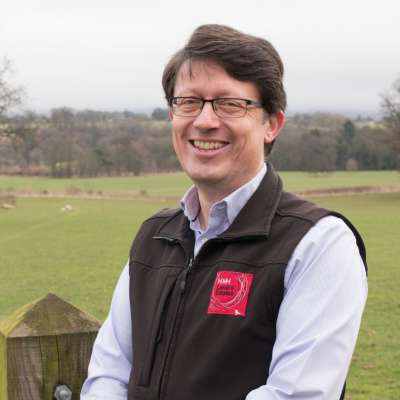SAM3 Herbal Ley or LIG1/2 Low Input Grassland - Which is the better option for me?
Recently, there has been some discussion about the SAM3 Herbal Ley action in SFI, as it promises to pay £382 per ha but with far less restrictive eligibility criteria than the equivalent option in Mid Tier (GS4).
Land is eligible for SAM3 if it is arable land, temporary grassland or improved permanent grassland. The definition of “improved” grassland is very wide for SFI; land only has to meet one or more of the following:
- regularly re-seeding, or reseeding within the last 15 years
- regularly applying fertiliser (typically at least 100kg per hectare of nitrogen as an artificial compound fertiliser or animal manures and slurries)
- blanket herbicide application to treat weeds
- maintaining field drains
- taking conserved forage as silage, haylage or hay, more than once a year
With this definition, almost any grassland can be considered “improved” and potentially be eligible for SAM3, including land that might otherwise be considered low-input grassland.
As LIG1/LIG2 only pay £151 per ha, it might be tempting to go for SAM3 instead but (as you might have guessed), it’s slightly more complicated than just that!
Clearly, land that has been regularly re-seeded or fertilised will be fine for SAM3 but land where that is not the case could be more problematic, even though it might theoretically be eligible.
If the intention is to establish a herbal ley on the land through re-seeding, land that has not been ploughed, re-seeded or fertilised for 15 years would need an Environmental Impact Assessment (EIA) screening first. This means undertaking a survey to show the sward is of low ecological interest and then submitting an application to Natural England (which can be done in the summer, but there is an associated cost to this and it may significantly delay the SFI application).
If the intention is to apply for SAM3 on the basis that the land is an existing herbal ley – i.e. just maintain what is already there – then you need to be confident that it does actually meet the definition of a herbal ley. That means the sward should contain:
- 5 species of grass, such as cocksfoot, festulolium, meadow fescue, perennial ryegrass, smooth-stalked meadow grass, tall fescue and timothy
- 3 species of legumes, such as bird’s-foot-trefoil, lucerne, red clover, sainfoin winter vetch and common vetch, and black medick
- 5 species of herbs, such as burnet, chicory, ribwort plantain and yarrow
Again, that probably means the land needs be surveyed (in the summer, May to August) before making an application.
In my view, if we are not sure that the land can be entered into SAM3 without the need for a survey or an EIA screening assessment, it would probably be better entered into LIG1/LIG2 instead.
If you are interested in discussing the various actions available through the SFI and whether there are more suitable schemes and options for your land, get in touch today.
- North Lakes 01228 406260
- South Lakes 01539 721375
- North East & Yorkshire 0191 370 8530

